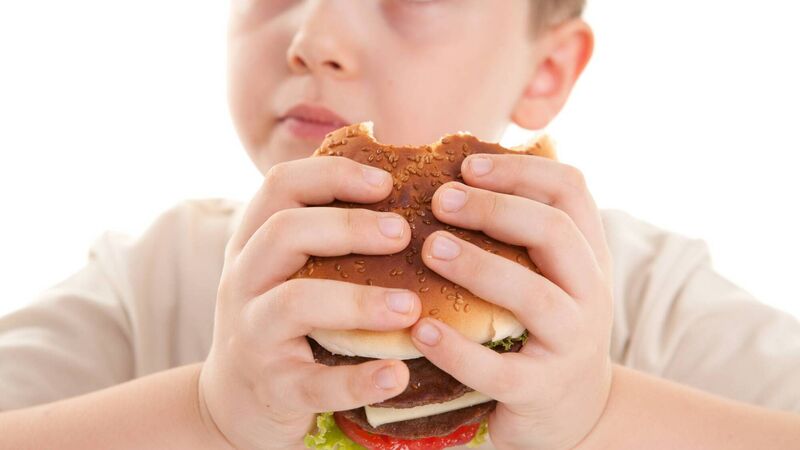One in five primary school children is overweight

Picture: iStock
THE number of primary school children in Ireland who are overweight or obese is dropping overall – but more than one-third of fourth-to-sixth class children in designated disadvantaged schools are overweight and obese.
This is according to the latest Childhood Obesity Surveillance Initiative (COSI), part of a WHO-EU initiative. It surveyed 5,710 first-to-sixth class children in 135 primary schools and found one in five overweight/obese. And the problem’s more prevalent in girls, particularly in later primary.
Sarah O’Brien, national lead for HSE Healthy Eating and Active Living Programme, says in 2008 seven-year-old girls had 25% prevalence of obesity/overweight compared to 17% for similarly-aged boys. “In the 2018-’19 school year, seven-year-old girls were at 18% and seven-year-old boys at 13%,” says O’Brien.
But while overall prevalence of obesity/overweight has been dropping in non-Deis schools (from 21% in 2008 to 15% in 2018), it has stayed the same – at 25% – in Deis schools. Dr Catherine Conlon, Safefood’s director of Human Health and Nutrition, says the focus when talking about overweight/obesity isn’t about size or shape fitting a cultural norm.
“Bodyweight is the result of a complex interplay between genetics, environment and opportunities available to [individuals] and families,” she says, citing a Safefood research finding: low-income households need to spend 14%-33% of take-home pay to buy a minimum essential healthy food basket.
She also sees low-income families especially targeted by an obesogenic environment. “Number of takeaways in low-income areas far exceeds those in well off areas. And over one-third of items on price promotion – which low-income families rely on to afford a weekly shop – are high in fat, sugar, salt. Parents trying to feed families can’t afford wastage. So are they going to buy fresh, nutritious food at increased cost – and hope it’ll be eaten – over less nutritious food that can be frozen and stored?”
The latest data shows the prevalence of overweight/obesity in sixth class in non-Deis schools at 19% (it’s double in Deis schools). Conlon says one factor feeding into its higher prevalence in older primary school children is that as children get older they’ve more autonomy over what they eat.
So why are girls more likely to be overweight/obese? Conlon says it may be down to girls getting less physical activity than boys – and perhaps also a genetic predisposition to excess body weight. “We don’t have all the answers – more work needs to be done.”

Celebrating 25 years of health and wellbeing








